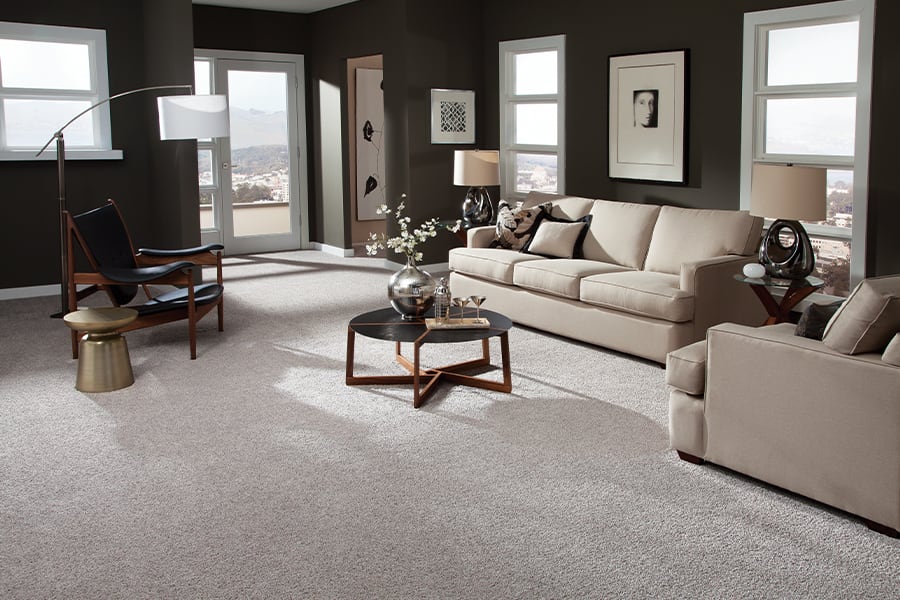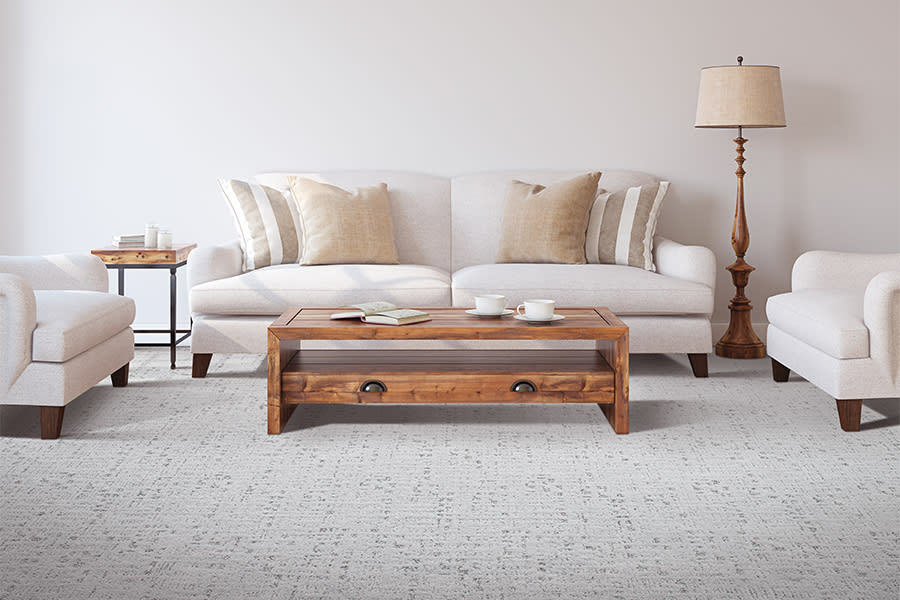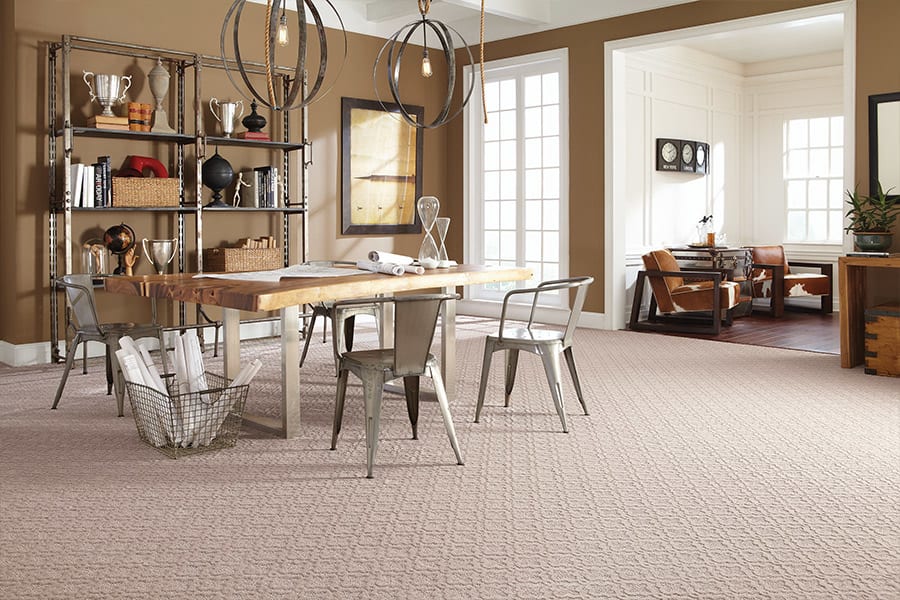Request an estimate
Fibers: An important factor in choosing carpet floors
Who doesn’t love carpet flooring? It's elegant, plush and warm, and full of functional capabilities.
Today’s carpet has so many colors, patterns, styles and price points there’s virtually something for everyone.
At Charles Tyre Flooring we’re all about quality.
Our fully stocked inventory includes a wide range of surfaces, manufactured by the most respected and well-known names in the industry and we install with true craftsmanship.
Come into our showroom is in Middletown, Delaware and we service all of the state, including cities such as Smyrna, Odessa, Bear, Townsend. Be sure to ask about our free quotes.
Our services also include repair and design.
Today’s carpet has so many colors, patterns, styles and price points there’s virtually something for everyone.
At Charles Tyre Flooring we’re all about quality.
Our fully stocked inventory includes a wide range of surfaces, manufactured by the most respected and well-known names in the industry and we install with true craftsmanship.
Come into our showroom is in Middletown, Delaware and we service all of the state, including cities such as Smyrna, Odessa, Bear, Townsend. Be sure to ask about our free quotes.
Our services also include repair and design.
Synthetic or natural fibers: which is better?
The short answer is that they are all equally good, but you’ll need to narrow it down to your carpet needs.
The most known natural is wool, which is beautiful, fluffy and all-white. Don’t let that all white scare you; it has inherent oils that repel dirt and soil.
There are four basic synthetic fibers: Nylon is known for its intense strength. It is absorbent, so you will need to use a stain protectant. (Note: There are two types of nylon, 6.0 and 6.6. While there is no difference in performance, some say 6.6 is more colorfast.)
The most known natural is wool, which is beautiful, fluffy and all-white. Don’t let that all white scare you; it has inherent oils that repel dirt and soil.
There are four basic synthetic fibers: Nylon is known for its intense strength. It is absorbent, so you will need to use a stain protectant. (Note: There are two types of nylon, 6.0 and 6.6. While there is no difference in performance, some say 6.6 is more colorfast.)
Polyester has excellent spill resistance. it’s somewhat less resilient than nylon, but there are constant technological advances on the market.
Olefin is often associated with low pile loop carpet styles, such as Berber. That’s because these styles use the part of the fiber that’s strongest. Olefin has good resistance when it comes to stain, but not to soil.
Triexta is fairly new to the market, and this one has the stain protection built into the fiber, and some say it is even stronger than nylon. (As a note, it was created by DuPont, the same company that brought us nylon.)
Olefin is often associated with low pile loop carpet styles, such as Berber. That’s because these styles use the part of the fiber that’s strongest. Olefin has good resistance when it comes to stain, but not to soil.
Triexta is fairly new to the market, and this one has the stain protection built into the fiber, and some say it is even stronger than nylon. (As a note, it was created by DuPont, the same company that brought us nylon.)
Is stain-resistance the same as soil resistance?
No. Stain resistance means that something, like red wine, gets embedded in the fiber and attaches to open dye sites, changing the appearance of the carpet.
Nylon is known as an "open-cell" because it has an open dye site; polyester does not. Soil is residue on the fiber, such as from tracked-in dirt. It looks like a stain but is removed by vacuuming or other cleaning.
Nylon is known as an "open-cell" because it has an open dye site; polyester does not. Soil is residue on the fiber, such as from tracked-in dirt. It looks like a stain but is removed by vacuuming or other cleaning.










